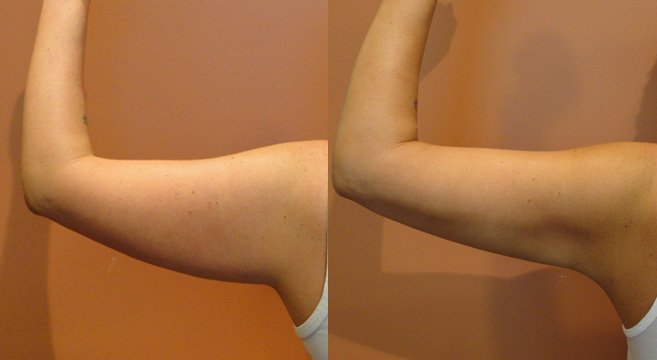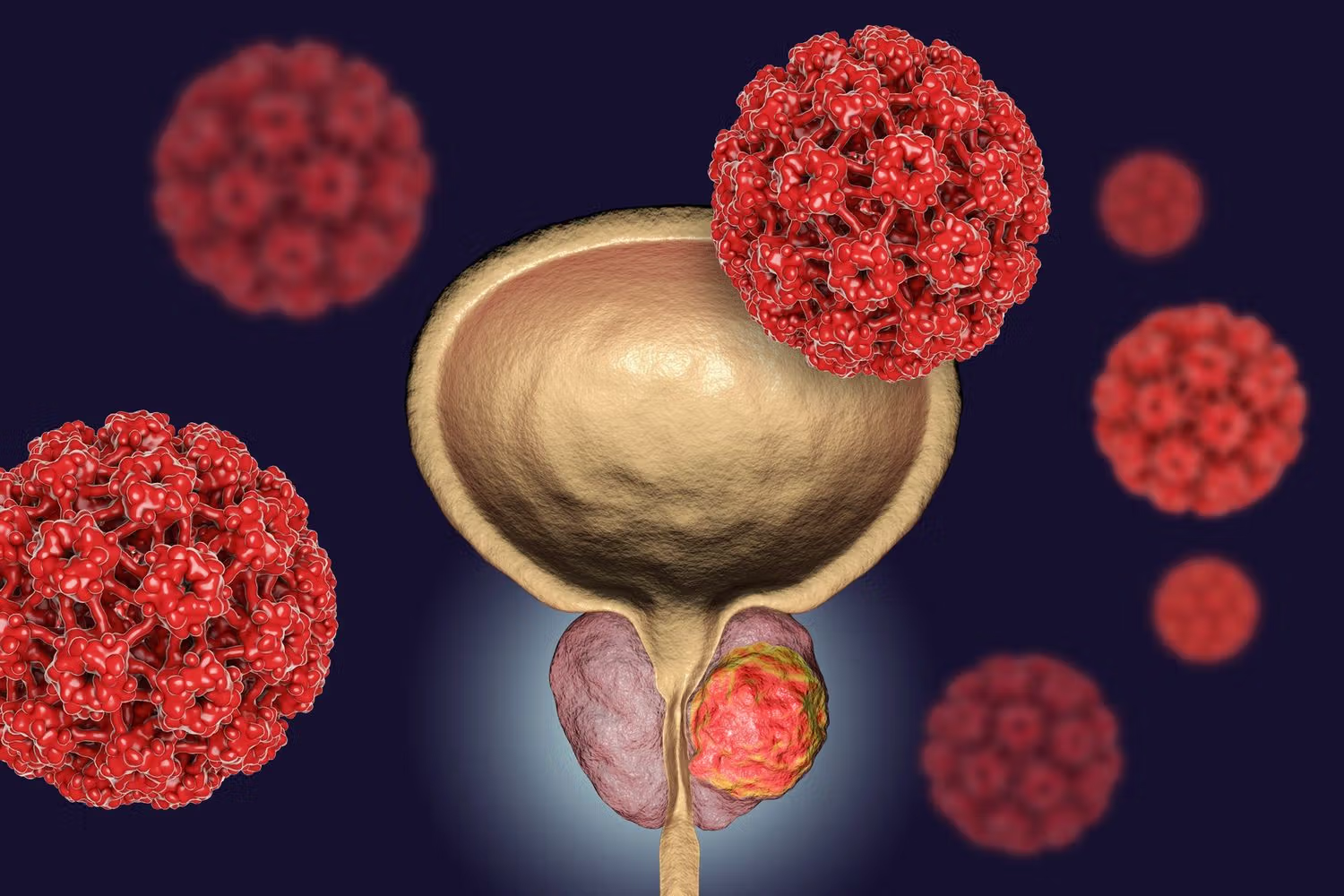Liposuction has long been celebrated as one of the most effective cosmetic procedures for sculpting the body and removing stubborn fat that resists diet and exercise. For individuals seeking Liposuction in Philadelphia, this procedure offers not only a renewed sense of self-confidence but also a refined and contoured body shape. However, the success of liposuction doesn’t end when you leave the operating room—it continues with proper aftercare, especially the use of compression garments.
The Importance of Compression after a liposuction procedure cannot be overstated. Compression therapy helps the body heal efficiently, reduces swelling, prevents fluid buildup, and ensures that the new body contours take proper shape. Understanding why compression is essential will help patients achieve the best possible outcomes and long-lasting results.
Why Compression Matters After Liposuction
Immediately following Liposuction in Philadelphia, patients often experience mild swelling, bruising, and discomfort as their body adjusts to the removal of fat cells. This is where compression garments play a crucial role. These snug, medical-grade garments provide consistent pressure that supports the treated areas and minimizes postoperative complications.
READ THIS ALSO: Online Testosterone Clinic
The Importance of Compression lies in how it aids the body’s natural healing process. By applying gentle pressure, the garment limits the accumulation of lymphatic fluids, which can otherwise lead to uneven skin texture or prolonged swelling. Compression also improves blood circulation, ensuring nutrients and oxygen reach the healing tissues faster. Moreover, it helps prevent the formation of seromas—pockets of fluid that may develop under the skin if compression is not maintained.
Enhancing Skin Retraction and Body Contour
After liposuction, the skin over the treated area must contract and adhere to the new shape of the underlying tissues. Without proper compression, the skin may sag or appear uneven. Compression garments encourage the skin to conform smoothly to the body’s new contours.
For patients who undergo Liposuction in Philadelphia, this phase is particularly significant, as they aim for natural, balanced results that align with their body type. Compression helps maintain a firm and smooth appearance while preventing skin irregularities. Over time, consistent compression supports the development of tighter, healthier-looking skin that beautifully complements the body’s new proportions.
The Importance of Compression extends beyond aesthetics—it’s also about comfort and confidence. Knowing that your results are taking shape correctly gives peace of mind during recovery, allowing you to focus on enjoying your new figure.
Reducing Swelling and Bruising
Swelling is a natural response to liposuction, as the body reacts to the removal of fat and tissue manipulation. Compression garments apply controlled pressure that minimizes inflammation and accelerates fluid drainage through the lymphatic system.
By wearing these garments regularly, patients notice that swelling subsides more quickly, and bruising fades sooner. The reduction in swelling not only speeds up recovery but also makes the results more visible earlier. This contributes to a smoother healing journey for patients seeking Liposuction in Philadelphia, where expert surgeons emphasize postoperative care as much as the procedure itself.
In addition, reduced swelling helps patients move more comfortably. Less pain and stiffness mean you can resume light activities sooner, always under your surgeon’s guidance.
Promoting Faster Recovery and Comfort
Recovery is one of the most crucial phases of liposuction. Compression garments, when used correctly, can significantly shorten the recovery period. They reduce internal stress on the healing tissues, stabilize newly sculpted areas, and prevent unwanted movements that may affect the results.
For individuals who have undergone Liposuction in Philadelphia, following their surgeon’s instructions about garment use is key. Typically, compression garments are worn 24/7 for the first few weeks and gradually reduced as healing progresses. Although the idea of wearing tight garments might seem uncomfortable initially, most patients quickly realize the comfort they provide—especially in reducing soreness and providing a sense of security around the treated areas.
The Importance of Compression cannot be ignored in this context. It’s not just a medical recommendation but a proven method to ensure that every dollar, effort, and hope invested in the procedure translates into beautiful, lasting outcomes.
Preventing Irregularities and Enhancing Final Results
A significant advantage of consistent compression use is its ability to prevent irregularities in body contouring. When fat is suctioned out during liposuction, the tissue underneath the skin can shift or form uneven areas. Compression keeps everything in place, ensuring uniform healing.
For those who choose Liposuction in Philadelphia, where body aesthetics are handled with exceptional precision, maintaining even pressure across treated zones ensures smoothness and symmetry. Surgeons often emphasize that skipping compression may lead to subtle imperfections that could otherwise be avoided.
Moreover, compression garments encourage optimal skin adhesion and limit the formation of scars. By keeping the skin close to the underlying tissue, the body produces smoother and more defined results, highlighting the artistry of the surgeon’s work.
How Long Should Compression Be Worn?
The duration for which compression should be worn varies based on the individual’s healing rate and the extent of their procedure. Generally, patients are advised to wear their garments continuously for at least four to six weeks.
During the first few weeks, the pressure from the garment is essential for managing swelling and ensuring proper fluid drainage. As healing progresses, patients can transition to lighter compression garments that still provide support but allow more flexibility.
Surgeons performing Liposuction in Philadelphia usually customize recommendations to fit each patient’s recovery process. Compliance with these guidelines not only ensures quicker recovery but also contributes to the overall satisfaction with the final results.
Choosing the Right Compression Garment
Not all compression garments are made equal. Selecting one that offers the right fit, material, and level of pressure is vital. The garment should be snug but not restrictive, providing firm support without cutting off circulation.
Key features to consider include:
| Feature | Description |
| Breathable Fabric | Keeps the skin cool and prevents irritation |
| Adjustable Straps or Closures | Allows for easy fitting and adjustment as swelling decreases |
| Seamless Design | Minimizes friction and ensures comfort under clothing |
| Targeted Compression Zones | Provides support exactly where it’s needed |
Patients undergoing Liposuction in Philadelphia often receive guidance from their clinics on where to purchase high-quality garments designed specifically for post-liposuction recovery. Investing in a premium compression garment is as important as choosing the right surgeon—it determines how well your body heals and shapes itself afterward.
Long-Term Benefits of Compression
While compression is primarily used during the healing period, its benefits extend well beyond that. Continued use during the early months helps maintain the desired contours and provides ongoing comfort as tissues stabilize.
The Importance of Compression also plays a psychological role. Patients often feel more confident and supported, both physically and mentally, during their recovery phase. Knowing that you are taking the right steps to enhance your outcome can significantly boost your satisfaction with the procedure.
A Rewarding Journey Toward a Better You
Liposuction is more than just a cosmetic transformation—it’s a journey toward self-improvement and confidence. For anyone considering Liposuction in Philadelphia, understanding and embracing the post-surgery process is essential for success. Compression garments are not merely accessories; they are integral to achieving beautiful, natural-looking, and lasting results.
Patients who diligently follow their aftercare instructions, particularly in wearing compression garments, often enjoy a faster recovery, less discomfort, and a smoother body contour. Ultimately, the combination of expert surgical skills and disciplined postoperative care ensures a transformation that feels as good as it looks.
Frequently Asked Questions (FAQ)
Q1: Why is compression necessary after liposuction?
Compression reduces swelling, prevents fluid buildup, supports skin retraction, and enhances healing for smoother, more defined results.
Q2: How tight should the compression garment be?
It should feel snug but comfortable—tight enough to provide support without restricting movement or causing pain.
Q3: How long do I need to wear a compression garment after liposuction?
Most patients wear it for at least four to six weeks, gradually reducing the duration as directed by their surgeon.
Q4: Can I remove the garment while sleeping?
In the early recovery phase, it’s best to wear it continuously, including during sleep, unless instructed otherwise.
Q5: What happens if I don’t wear compression after liposuction?
Skipping compression may result in prolonged swelling, uneven contours, fluid accumulation, and delayed healing.




